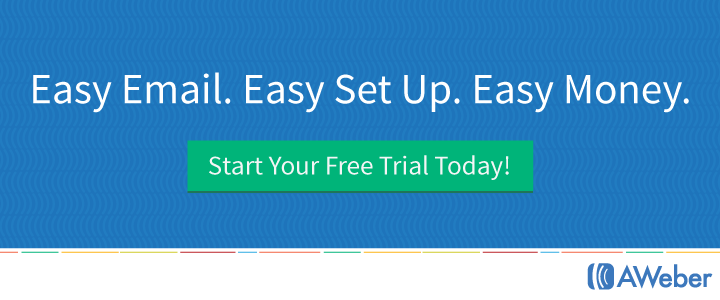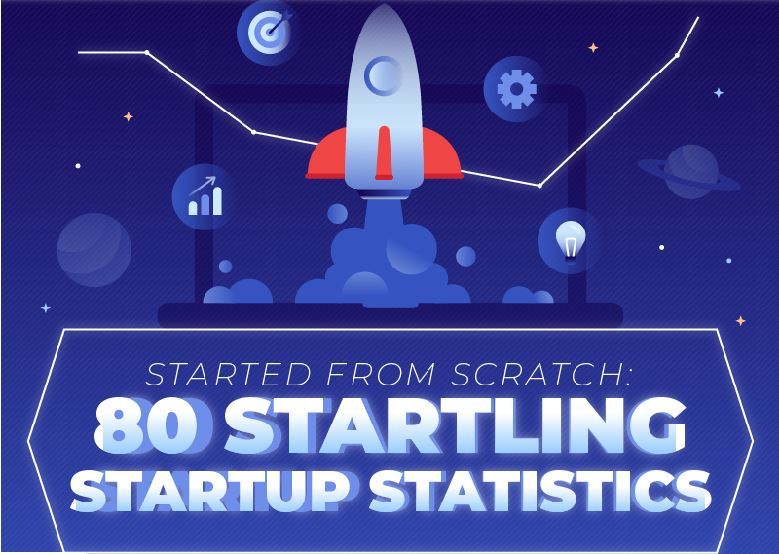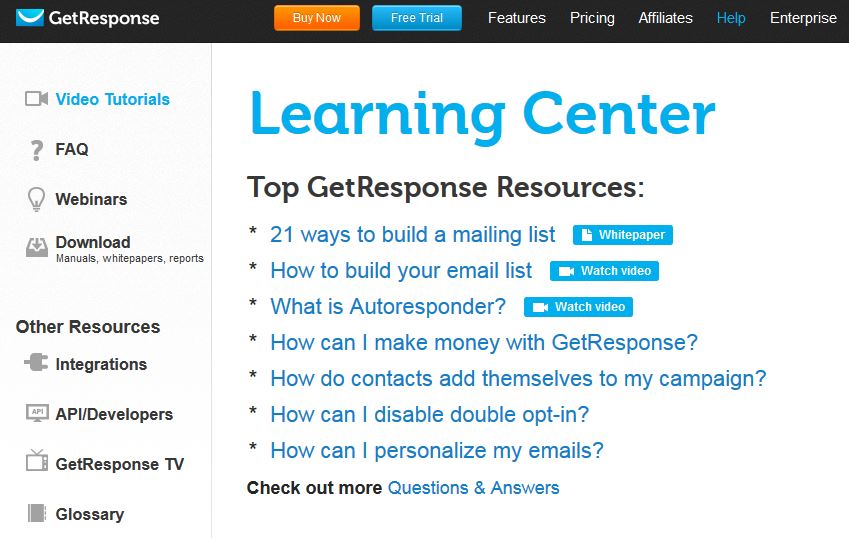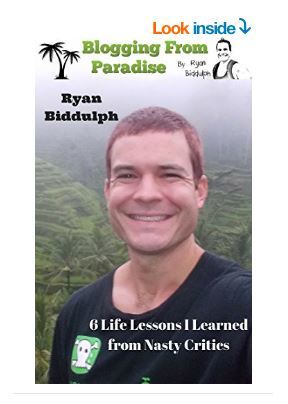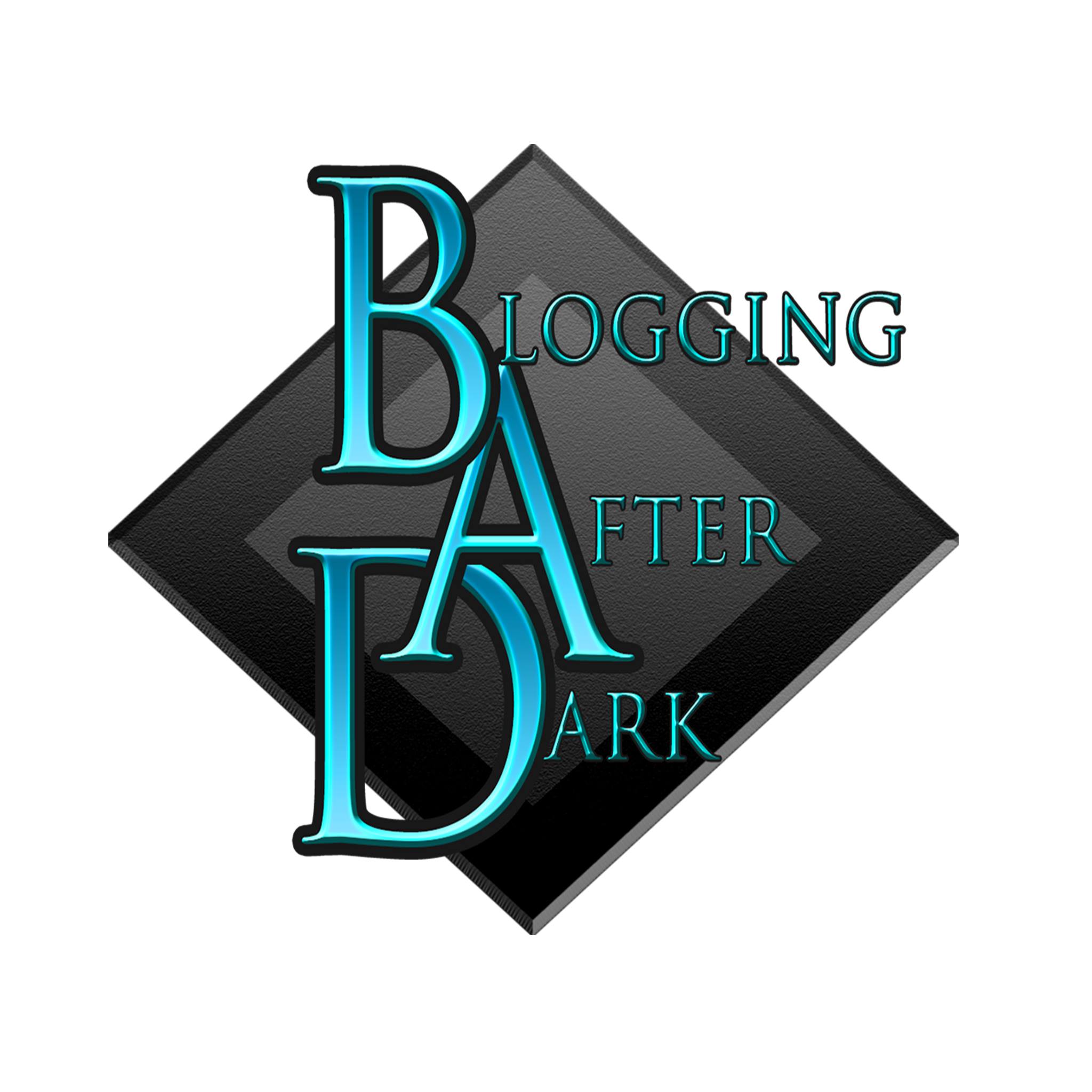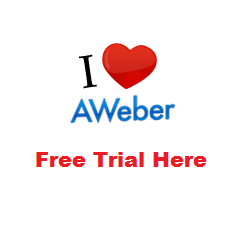 The first time I should have thought about building a list of contact names was in about 2010. That was for my first adventure in online marketing, in the complementary health marketplace.
The first time I should have thought about building a list of contact names was in about 2010. That was for my first adventure in online marketing, in the complementary health marketplace.
To track profitability I had always maintained a full list of product buyers manually in Excel, but somehow never got round to setting it up onto an automatic mailing system (auto-responder), so that I could keep in contact with my customers.
It was something I intended to do when my list was “big enough”. In the meantime, I assumed that if people wanted me, they knew where to find me – and would get back to me. Bad move – read what happened!
Producing a Squeeze Page
Once I realised that a few people had inquired, then not got round to buying, I was easily persuaded of the wisdom of creating a contact form to collect email addresses and names of my clients and prospective clients, in return for a free eBook explaining more about my service.
The contact form is often called a squeeze page or lead capture page.
Aweber, the autoresponder I used to record their contact details helps you produce squeeze pages and produces extremely attractive newsletters to help you stay in touch with customers via an email formatter which is very easy to use.
It offers a one month free trial here.
That solved the problem of reminding people who expressed interest but hadn't bought.
However I hadn't implemented a follow-up sequence for people who had bought from me, imagining it would be easy to keep track and follow-up with them individually. Happily the buyers list grew, but in parallel the manual follow-ups got more time-consuming. Life just got in the way and it fell by the wayside.
So one of the other early tasks I learned was necessary was to implement follow-ups with my buyers, checking they received their product and offering another one.
Actually I'd tried adding previous buyers to a newsletter sequence with an earlier AutoResponder provider but they insisted that my contacts had to “opt-in” even though they were existing buyers. I was disappointed to find that only 11 agreed to opt-in. I guess everyone's in-boxes are too full and they just thought (like I did!) they knew where to find me from their previous purchase. In fact, several people had already made repeat purchases, so to some extent the existing “manual system” was working. I carried on sending my general newsletters to the previous buyers but didn't really expect much from the exercise.
Contacting Previous Customers
Then I sent the final email in the new buyers sequence (encouraging them to buy another one – slightly more subtly than that!) to my “11 old buyers” – and am delighted to say that a client from THREE YEARS ago and in New Zealand, bought another test.
We're not talking big money here, but it's the principle that a satisfied client was reminded to buy something else from me because I put it in front of him.
And the even better news is that the whole sequence has been automated for future buyers to slot into.
Happy Customers
So the take-home message is: “Happy customers often buy again, when you keep in touch with them.”
Click for a free one month trial of Aweber and it's never too early (or in my case, too late) to start building a list.
